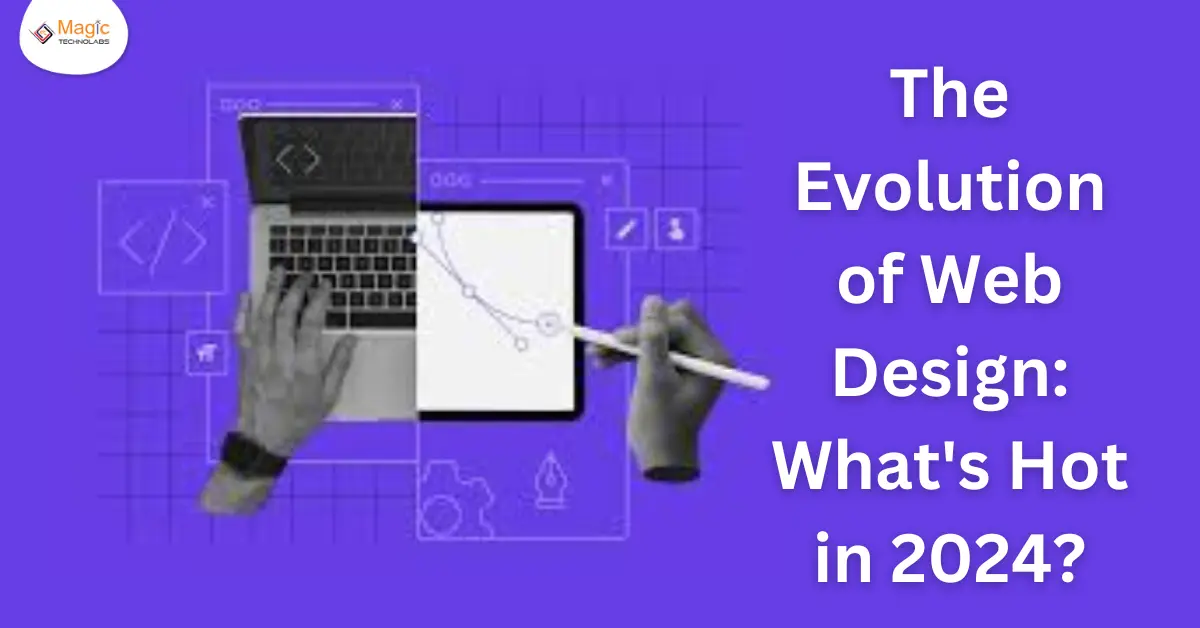As we step into 2024, the landscape of web design continues to evolve, driven by technological advancements, changing user preferences, and emerging design trends. Here's a glimpse into what's hot in web design this year:
Immersive Experiences: Web designers are increasingly focusing on creating immersive and interactive experiences for users. From scrolling animations to parallax effects, websites are incorporating dynamic elements that engage and captivate visitors, keeping them on the page longer.
Dark Mode: Dark mode has become a popular design trend in recent years, offering a sleek and modern aesthetic while reducing eye strain, especially in low-light environments. More websites are adopting dark mode options, giving users the choice to switch between light and dark themes based on their preferences.
Minimalism and Simplified Design: Minimalism continues to be a dominant trend in web design, with clean layouts, ample whitespace, and simplified navigation menus. Designers are focusing on delivering content in a clear and concise manner, prioritizing usability and readability.
3D Graphics and Illustrations: Advances in technology have made it easier to incorporate 3D graphics and illustrations into web design, adding depth and visual interest to websites. From product showcases to storytelling elements, 3D visuals are enhancing the overall user experience and making websites stand out.
AI-Powered Personalization: With the rise of artificial intelligence (AI), websites are becoming more personalized and adaptive to individual user preferences. AI algorithms analyze user behavior and tailor content recommendations, product suggestions, and user interfaces in real-time, creating a more customized and engaging experience for visitors.
Voice User Interfaces (VUI): As voice technology continues to mature, more websites are integrating voice user interfaces (VUI) to enable hands-free interaction. From voice search functionality to voice-activated commands, VUIs enhance accessibility and convenience for users, especially on mobile devices and smart speakers.
Accessibility and Inclusive Design: Web accessibility is becoming increasingly important as designers strive to create inclusive experiences for all users, including those with disabilities. Designers are incorporating accessible features such as keyboard navigation, screen reader compatibility, and high-contrast color schemes to ensure that websites are usable by everyone.
In conclusion, the evolution of web design in 2024 is characterized by immersive experiences, dark mode options, minimalism, 3D graphics, AI-powered personalization, voice user interfaces, and a focus on accessibility and inclusive design. By staying abreast of these trends and incorporating them into their designs, web designers can create engaging and impactful experiences that resonate with users in the ever-evolving digital landscape.
















